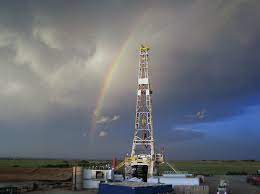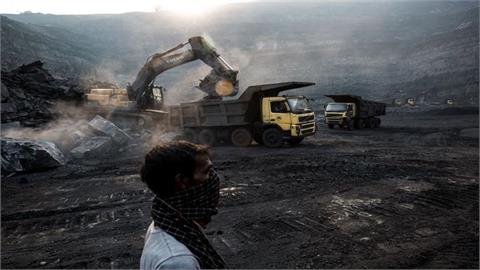by Irina Slav* • The EU and Asia have seen gas prices spike amid strong demand and low inventories • That the United States is one of the world’s top producers of natural gas is what sets it apart from both Europe and Asia
Despite rising LNG exports, the U.S. has sufficient gas to supply the domestic market
When news that Chinese factories were shutting down for lack of electricity and that many in Europe were struggling to pay their electricity bills, it ignited fears that the crunch squeezing Europeans would spill over in the United States.
After all, shale drillers remained cautious about boosting demand and focused instead on returning cash to shareholders. Exporters, on the other hand, geared up for massive increases in the amount of gas sent abroad, where buyers were willing to pay hefty premiums. The fear quickly deepened. Yet, not all believe that the United States is in for its own version of the European energy crunch.
In Europe and Asia, the crunch was the result of tighter than usual gas supplies because of a cold start to this year’s spring in those parts of the world, as well as gas market speculation. The thing about these regions, however, is that they rely on imports for a substantial portion of the gas supply that they need. In the case of Asia, imports account for the bulk of gas consumption, which explains why buyers there were the preferred clients of U.S. LNG exporters as they were willing to pay top dollar for the much-needed supply.
Rising exports were one reason for the worry that there won’t be enough gas for domestic consumption this winter. The Wall Street Journal reported last week that because of heightened exports, U.S. utilities were having to pay the highest price on record to replenish their reserves ahead of the winter season.
Last Friday, the report said, the Henry Hub benchmark hit $55.16 per million British thermal units, which compared to just $3 per mmBtu a year ago. As substantial as this price increase is, it is still nowhere as substantial as the price rise European utilities have seen. And, according to some, it will never get as bad in the United States as it is in Europe and Asia.
Bloomberg earlier this week cited the chief executive of pipeline company DT Midstream as saying that despite the higher prices, the United States did not risk an energy crunch because drillers were boosting production, motivated by the higher prices.
“You can see periods of strong pricing, but I don’t believe in North America we will have any supply disruptions,” David Slater told Bloomberg in an interview. “We have adequate inventory and adequate production.”
The mild weather during the fall has helped, too, Slater said, as it helped utilities replenish their inventories more easily than their European counterparts. He also noted private shale drillers’ production increase amid higher prices that led to the increase in supply.
IHS Markit’s Daniel Yergin agrees that the United States is not threatened by an energy crunch. “I don’t think we get a gas crisis,” Yergin told Bloomberg in another interview. “The U.S. has lots of natural gas.”
And yet consumers will see higher utility bills this winter, the Wall Street Journal reports. Despite the abundant domestic reserves, production is lower than it was before the pandemic and the export pressure is substantial. As a result, several utilities have filed requests with their regulators to raise prices for end-consumers, the WSJ notes.
“Demand for natural gas and power is increasing substantially over where it was a year ago,” says James Daly, vice president of energy supply at Eversource Energy, a utility with 3.6 customers, as quoted by the Wall Street Journal. “We’re seeing a bit of upward pressure on natural gas prices here to respond to the very high demand and the prices in Europe.”
This upward pressure is quite significant, according to the Energy Information Administration, in fact. In its latest Short-Term Energy Outlook, the authority forecast that U.S. households using gas for heating will have 30-percent higher bills this winter season because of this pressure.
The EIA noted in its report, released earlier this week, that inventories of natural gas were below the five-year average for this time of year, demand from utilities continued strong despite the rise in prices, and exports of liquefied natural gas would continue higher during the winter. Production would also rise during the winter, the EIA said, but still, prices would remain highly volatile during this heating season, with the weather acting as the ultimate price-setter.
That the United States is one of the world’s top producers of natural gas is what sets it apart from both Europe and Asia. Even with record exports set to continue as demand for LNG remains strong across much of the world, the U.S. still has enough gas to avoid the worst of the crunch that saw utilities go bust in the UK, and Chinese businesses endure rolling blackouts.
A repeat of the European gas crunch in the United States, therefore, is simply impossible. This, however, is not to say that Americans are insured against a tough winter. Mostly, it is exports that are behind the higher prices, and exports will continue strong. If the winter turns out mild, the pain won’t be as bad, but if it turns out harsh, then problems with utility bills might become a reality for many.
*Irina Slav is a writer for Oilprice.com with over a decade of experience writing on the oil and gas industry.
(Oilprice.com, November 10, 2021)




